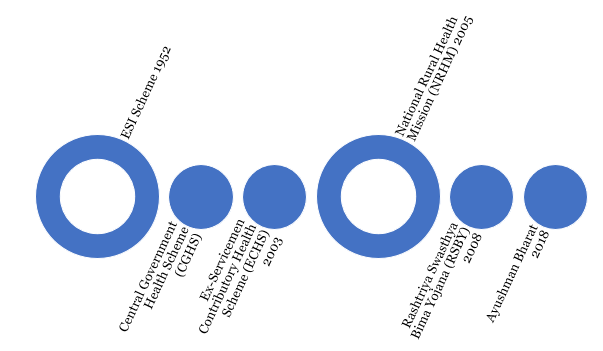7667766266
enquiry@shankarias.in
Recently Universal Health Coverage (UHC) Day is observed on December 12.
The ESI Scheme (ESIS) was inaugurated on February 24, 1952.

Himachal Pradesh, Kerala, and Tamil Nadu spend (per capita) Rs.3,829, Rs.2,590, and Rs.2,039, respectively, while Uttar Pradesh and Bihar spend only Rs.951 and Rs.701, respectively (National Health Accounts — Estimates for India 2019-20).
Out-of-pocket health expenditure of India is 39.4% in 2021-22 as per the National Health Accounts Estimates for India 2020-21 and 2021-22.